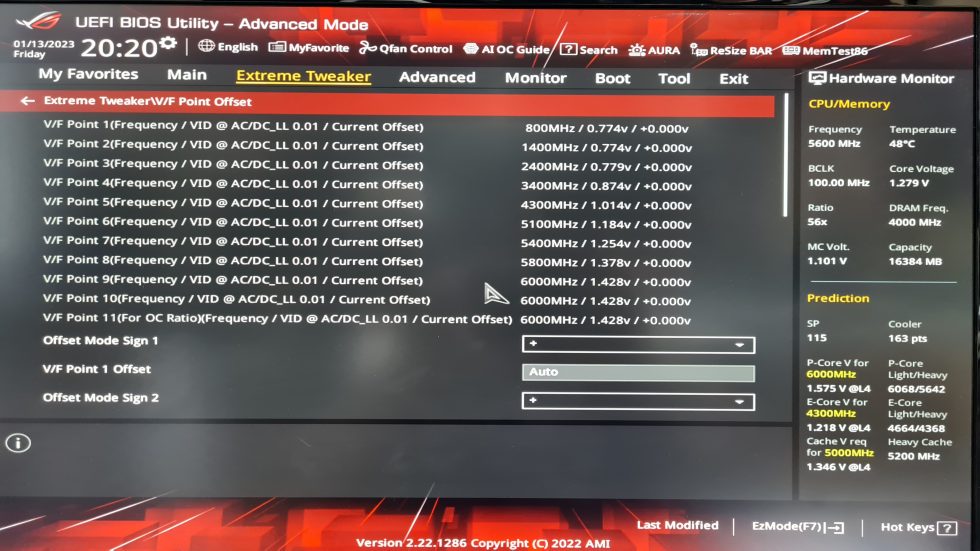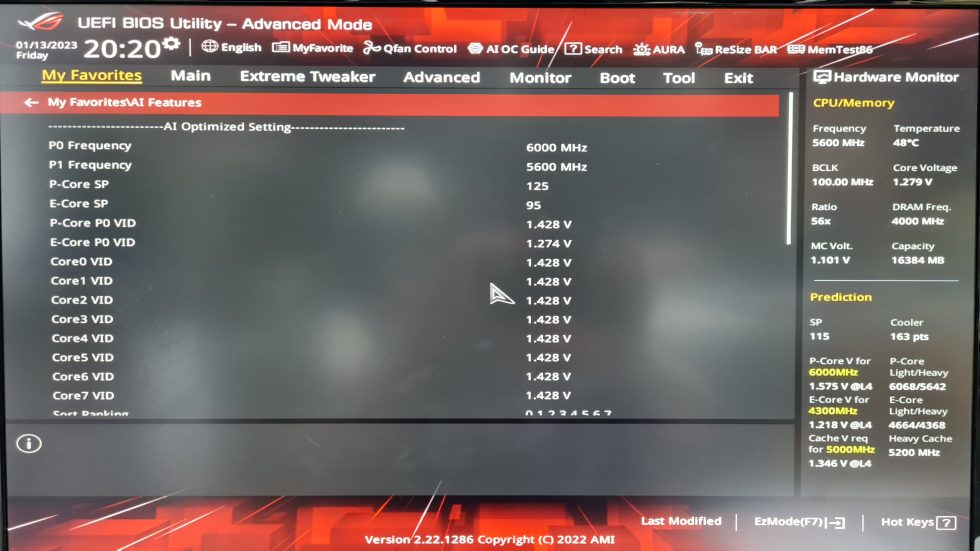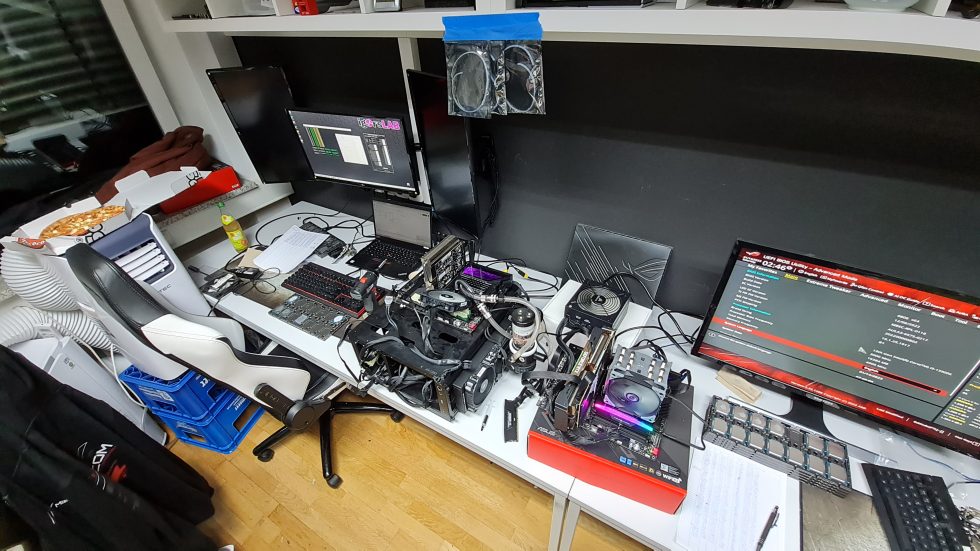Today is finally the day – loyal readers won’t be surprised by this –, for Intel’s last and fastest LGA1700 CPU we also have binning data for you once more. Thanks to MIFCOM, we were able to run almost 200 chips through our testing routine again, and now you get to see the results. Plus, there’s a treat waiting for all (hobby) data scientists at the end. If you haven’t read the previous parts yet, I would like to recommend them to you in advance, as they explain some basics about binning, as well as our testing methodology.
The i9-13900KS in a nutshell
What actually is a 13900KS? Really, it is only a 13900K that has been specially selected for its quality – keyword: Silicon Lottery. Since the KS SKU has a working iGPU, the 13900KF is ruled out as a selection source for KS chips, which we will see also later in the data. If these particularly good chips with iGPU are found, Intel clocks them 200 MHz higher on the P-cores ex-factory, which results in a base clock of 3.2 GHz and a maximum boost clock of 6.0 GHz. In addition, there is a higher base power budget of 150 W, compared to 125 W for K and KF, but if we are honest, in reality a KS will never run into this limit – thanks to permissiveness of the motherboard manufacturers and FPS-hunger of the clientele.
What I can already spoil from the data in advance: For a chip to become a KS, its VID must not exceed 1.49 V in the V/F curve at 6.0 GHz. Now, the V/F curve for a conventional K or KF only goes up to 5.8 GHz and the scaling is not linear due to other factors, but in theory you could compare the quality of KS and other i9 SKUs this way. In other words, you would only have to interpolate the V/F curve of a K/KF chip for 6.00 GHz and if the VID there was less than 1.49V, you would have a chip with KS quality – at least roughly speaking.
Due to the different V/F curve, the scale of the Silicon Prediction (SP) values also inevitably shifts. The bottom line is that a 13900K with SP 100 is not as good as in 13900KS with SP 100. With regard to the V/F curves or VID points, it should also be mentioned that, strictly speaking, each core has its own individual curve and thus requires different amounts of voltage for a certain clock pulse. The KS SKU also has an advantage here in that – at least in all the chips we tested – the 6.0 GHz VIDs of all cores were always identical. Conversely, this should mean less “up and down” for the voltage regulation on the motherboard during partial load, resulting in better stability during load transitions.
Summary test setup
As already explained in the first part, an Asus Maximus Z790 Hero with BIOS 0031 is used to read the SP values of the CPUs. This BIOS is a bit older now, but the SP values (also MC SP) are unchanged even with newer BIOS versions like 0806. And should a new variable eventually arise later, at least all our data have been collected with the same conditions.




































13 Antworten
Kommentar
Lade neue Kommentare
Urgestein
Mitglied
Mitglied
Mitglied
Mitglied
Veteran
Urgestein
Neuling
Urgestein
Urgestein
Veteran
Urgestein
Veteran
Alle Kommentare lesen unter igor´sLAB Community →